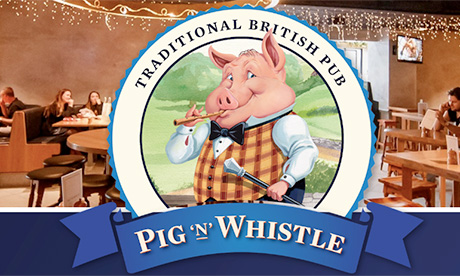Every village in the United Kingdom used to have a pub, a church, and a general store.
Today, pubs (short for “public houses”) have become iconic, a popular destination for visitors to try drinks, traditional pub meals, and the cultural ambiance. But these local landmarks are closing quickly; only 39,000 are left in England, down a quarter from 20 or so years ago.
There are now more church buildings than pubs, according to recent figures announced last month by the National Churches Trust.
But the number of churches overall is falling too, just not as fast.
The share of Christians in the UK is declining, as in America and other parts of the Western world.
Total secularization isn’t inevitably around the corner for at least two reasons.
- First, surveys show that many who say they have “no religion” still believe in God, pray, say they have a soul, or even read the Bible.
- Second, there is actually substantial growth among certain types of churches in the UK, all in the context of God’s promise to build his church.
The three biggest UK denominations—Anglicans, Roman Catholics, and Presbyterians—are all declining quite quickly.
Overall, their numbers have gone down 16 percent in just the last five years, Presbyterians the fastest (down 19%).
Two other major groups are also declining, Baptists and Methodists, but they are much smaller in size.
The three major denominations form 60 percent of church members, and the smaller two another 16 percent.
The remaining members often belong to the types of churches that are seeing the most growth right now—many of which have a Pentecostal bent, ranging from immigrant-founded denominations to Hillsong campuses.
Their increase, although significant, is unfortunately not enough to compensate for the drop among the bigger churches, but has moderated the overall decline.
Continue reading to discover which kinds of churches are growing the fastest amid demographic shifts in the UK.
- Image: Advocating Beer Variety
